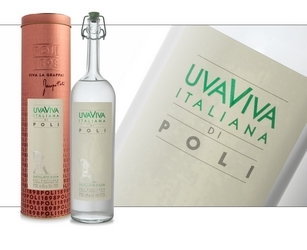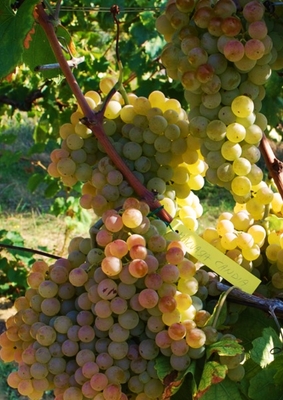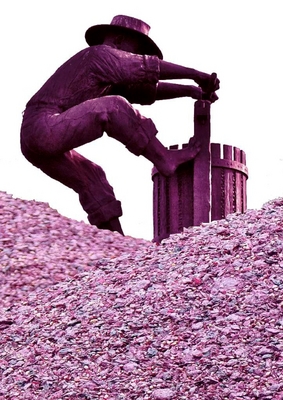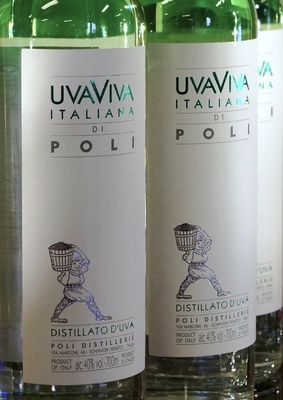Why do not distill grapes?
After our first experience in 1985 with Chiara di Moscato, the grape distillates market was beginning to show signs of interest. We decided to widen the range with UvaViva, a grape brandy from white Moscato and white Malvasia di Candia.
Of the existing Malvasia wines the Candia one is definitely the most aromatic but also the most difficult to find as a monovarietal wine. We approached the Rauscedo cellar in Friuli at the suggestion of Fausto Maculan. It was indeed him who encouraged me to distil grapes during our first meeting in 1984, when I went to his office to ask for his precious Torcolato grape marcs.
He was sitting at his desk when he told me “Why don’t you try and distill grapes? They are a fruit like any other and a few distillers have already started doing it”. After a period of study in Alsace at a big fruit distilling company, I came back home and said to my parents: “ Now I feel ready to distill grapes”.
That was the time in our distillery that I would now call “heroic”.
We borrowed a nice wooden vat from Bruno Pajetta, our master cooper, and with the help of my father I began filling it with grapes and starting off fermentation.
I had learned that temperature should not be allowed to go over 22°C but I did not have the necessary tools to keep it under control.
So I bought some plastic canisters, I filled them with water and put them in the freezer; when they were completely frozen I tried to immerse them in the fermenting vat.
I can assure you that to make a canister go through the grape marcs at the top of a fermenting vat is no picnic. The carbon dioxide bubbles push up the skins, forming a thick layer of grape marcs called cap.
One of the key rules of a good fermentation is to prevent grape marcs exposed to the air from acetifying; you need to break the cap, pushing the grape marcs into the must with a stick, which we familiarly call “folapinci”.
We then had to wet the cap with the wine pumped up from the bottom of the vat, so that the aromas contained in the skins would spread into the must.
I spent days battling with that unyielding cap, but I can say that the aroma of that distillate has had no equal to this day.
Jacopo Poli
Grape Brandy
UvaViva Italiana di Poli
Elegant and light as a ballet dancer.
Aromatic grape brandy, traditional bain-marie distilled.
Its aroma recalls a basket with white grape, apples, apricots, pears and orange flowers.
Find out more Watch
Watchthe video
Grappas
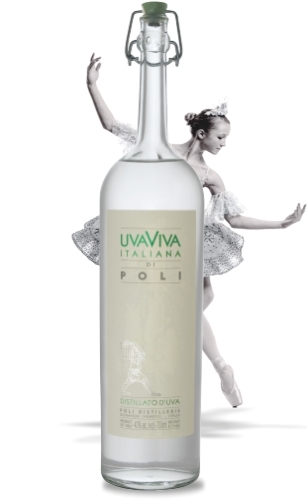
Distillates
Features
Raw material: Aromatic Malvasia and White Muscat grapes
Production method: artisanal distillation, in small lots, with a discontinuous bain-marie still
% Alc - Content: 40% Alc./Vol - 500 ml
Service: at temperature of 10/15 °C - 50/59 °F in a tulip-shaped glass
Packaging: metal tube
